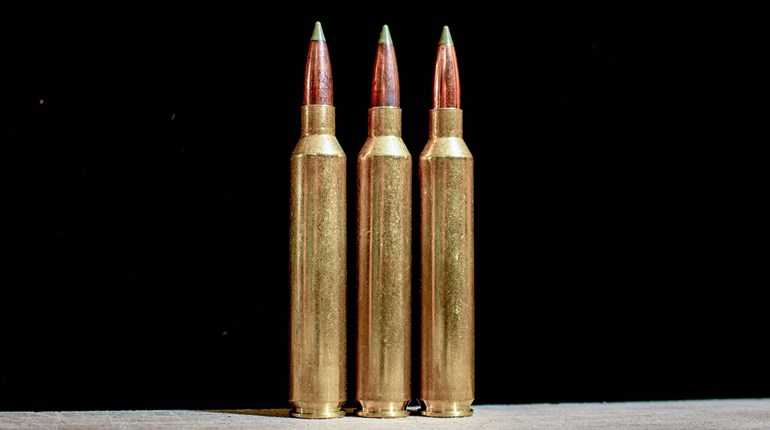
Recently, a story broke regarding an email communication from RSR Group, a firearm distributor that carries Colt firearms, that Colt notified them of its intention to discontinue production of all Colt long guns for the retail market in an effort to “focus on military and law-enforcement demand.”
This news caused many firearm enthusiasts to claim mismanagement on the part of company executives and to claim that Colt hasn’t changed its ways, a reference to popular perception that Colt’s 2015 filing for bankruptcy stemmed from the company’s focus on government contracts at the expense of the consumer market. However, the real story is a simple case of capitalism in action.
“We listen to our customers,” said Paul Spitale, Colt’s senior vice president for commercial business. “The whole basis for our reorganization was consumer feedback.”
Over the last few years, the market for modern sporting rifles has seen a significant decline in demand, leading to some of the lowest prices ever seen for new-in-box AR-15s.
“What’s true today is that the MSR market is much more price-driven,” Spitale said. “We’ve seen a pretty sharp decline in rifle sales, given our price points, resulting in significant inventory build-up held by our distributors.”
Colt considers its business anchored to four foundations of the market: government contracts, law-enforcement sales, international sales and the retail market. Though the company lost its primary contract for military-issue M16s and M4s in 2013, the company still retains a robust contract base that keeps production going.
In fact, according to Spitale, Colt’s manufacturing capacity for AR-style rifles is currently tied up in producing guns for outstanding contracts. Given this demand and given the lack of demand from the retail side of the market, Colt’s determination to suspend retail production is good business sense. M16s and AR-15s are different rifles, and to tie up production capacity in producing commercial semi-auto-only guns that nobody’s buying at the expense of outstanding military contracts is just bad business.
Meanwhile, Colt is re-focusing its efforts on another segment of the market that has seen increased demand and continues to be a big driver for the company: handguns.
“We’re going to focus on the products that our consumers are asking for. We’ve expanded our 1911s and our revolver line, and that market has been very positive for us,” Spitale said.
Considering the popularity of guns like the Cobra, and the recently released King Cobra, along with the company’s staple offerings of 1911s that continue to sell steadily, it’s good sense to follow consumer demand. This is especially true at a time when consumer access to Colt products has never been higher. Colt now stocks products at more than 4,000 dealers across the country.
However, this recent news begs the question: when, if ever, will Colt resume commercial production of its rifles?
“It’s not forever,” Spitale said. “It’s to say that, at this moment, we’re listening to consumers and putting our resources where they’re most valued.”





































